WHO certified Azerbaijan and Tajikistan as malaria-free
On Mar. 29, 2023, the World Health Organization (WHO) announced that it had certified Azerbaijan and Tajikistan for…
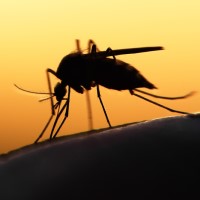
On Mar. 29, 2023, the World Health Organization (WHO) announced that it had certified Azerbaijan and Tajikistan for…

On Oct. 31, 2022, the National Institutes of Health announced that a clinical trial had found that one…
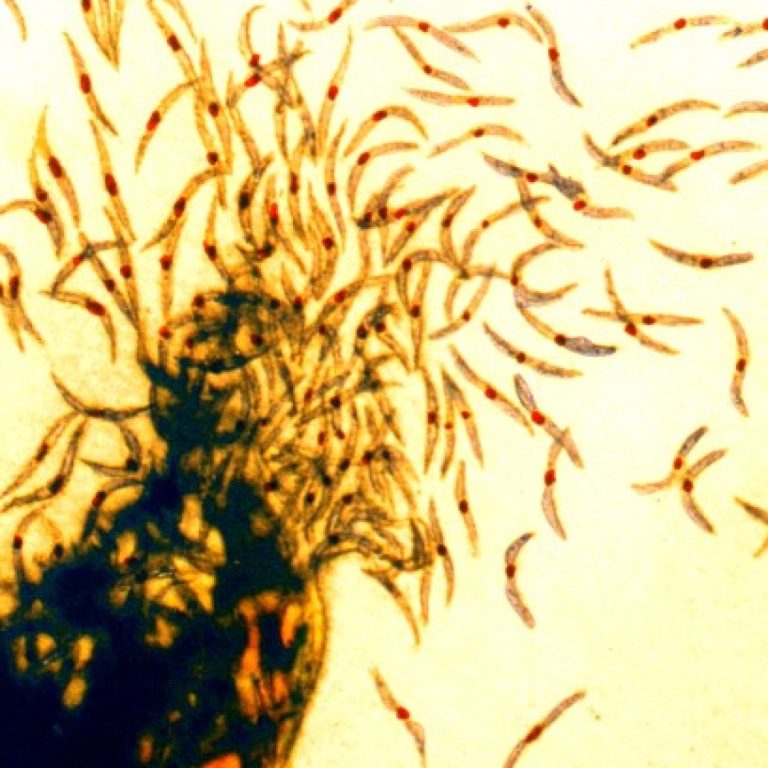
On Sept. 29, 2022, the World Health Organization announced that it had identified the spread of Anopheles stephensi…

On Sept. 20, 2022, the University of California, Davis announced that the amphibian decline in Latin America in…
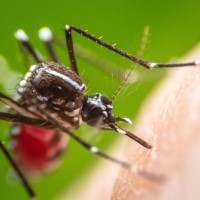
On Sept. 8, 2022, researchers from the University of Oxford and their partners reported findings from their Phase…

On Aug. 16, 2022, UNICEF announced that it had awarded a contract for the first ever supply of…

On Mar. 4, 2022, the WHO announced it had published an updated position paper on the RTS,S/AS01 (RTS,S)…
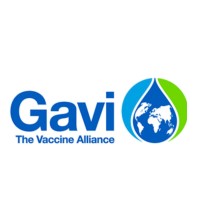
On Dec. 3, 2021, Gavi, the Vaccine Alliance, approved a new malaria vaccination programme to support the introduction,…

On Sept. 21, 2021, the Medicines Patent Pool (MPP) announced that it had signed a licence agreement with…

On Oct. 6, 2021, the World Health Organization recommended widespread use of the RTS,S/AS01 (RTS,S) malaria vaccine among…
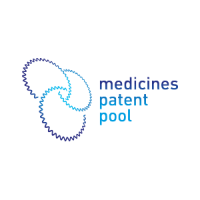
On Sept. 21, 2021, the Medicines Patent Pool (MPP) announced that it had signed a licence agreement with…
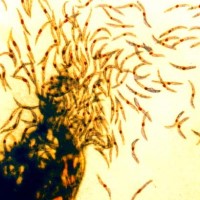
On Aug. 11, 2021, the National Institutes of Health (NIH) announced that one dose of a new monoclonal…

On Jun. 30, 2021, the National Institutes of Health announced that two U.S. Phase 1 clinical trials of…
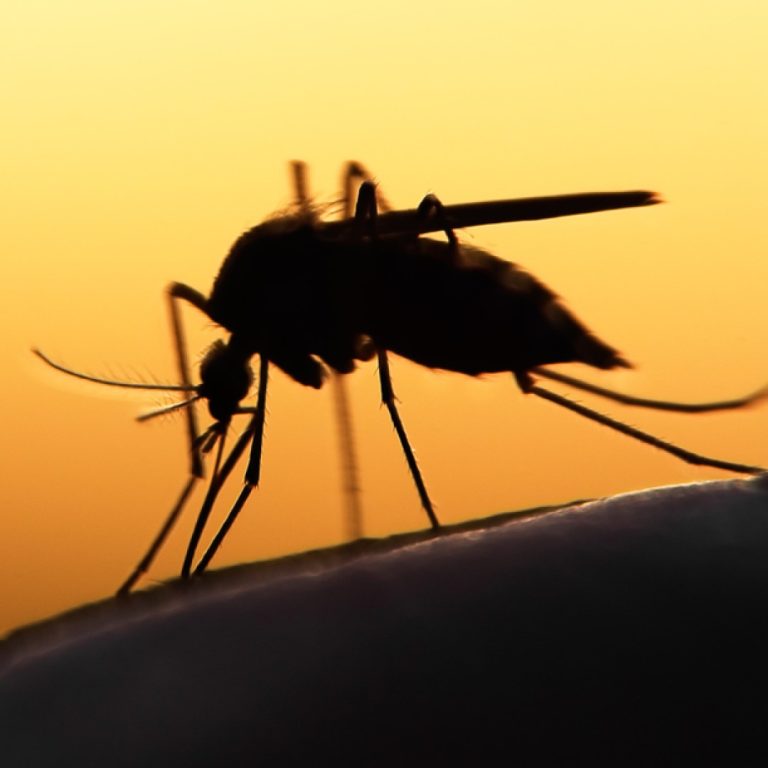
On Jun. 30, 2021, following a 70-year effort, China was awarded a malaria-free certification from the World Health…

On Apr. 20, 2021, the World Health Organization (WHO) announced that two years on from the launch of…
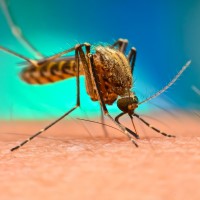
On Oct. 14, 2020, recognizing the urgent need for new tools to combat vector-borne diseases (VBDs), and in…

On Jul. 30, 2020, researchers at the National Institutes of Health and other institutions announced they had discovered…

On May 26, 2020, the FDA approved Amivas’ artesunate for injection to treat severe malaria in adult and…
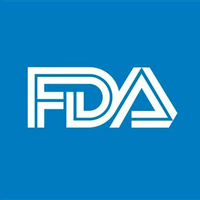
On May 26, 2020, the FDA provided approval to Amivas for its artesunate for injection to treat severe…
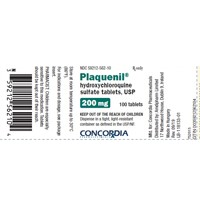
On May 18, 2020, with $9 million from the COVID-19 Therapeutics Accelerator, an international group of physicians and…
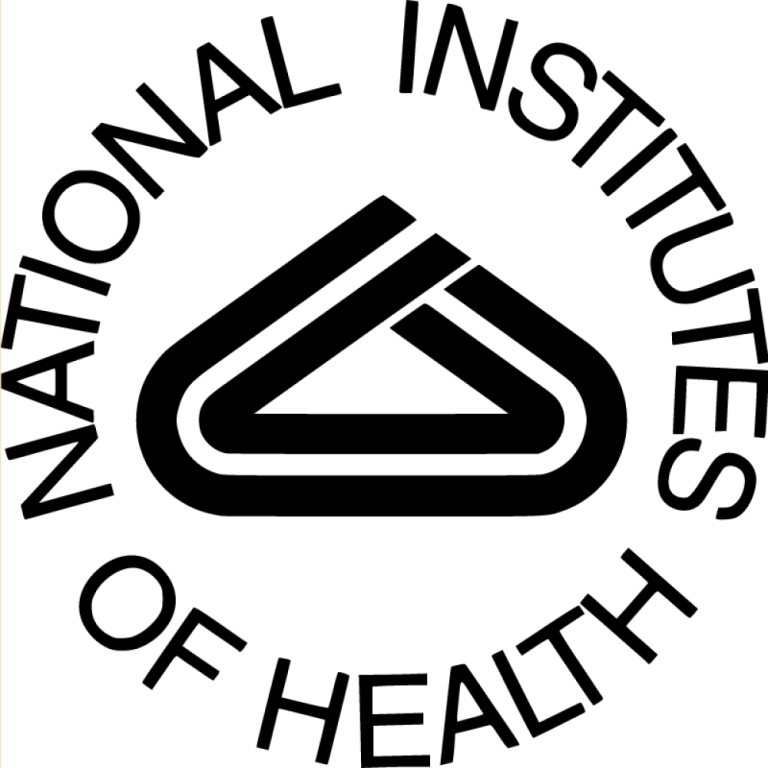
On May 14, 2020, the National Institute of Allergy and Infectious Diseases (NIAID) announced that a clinical trial…
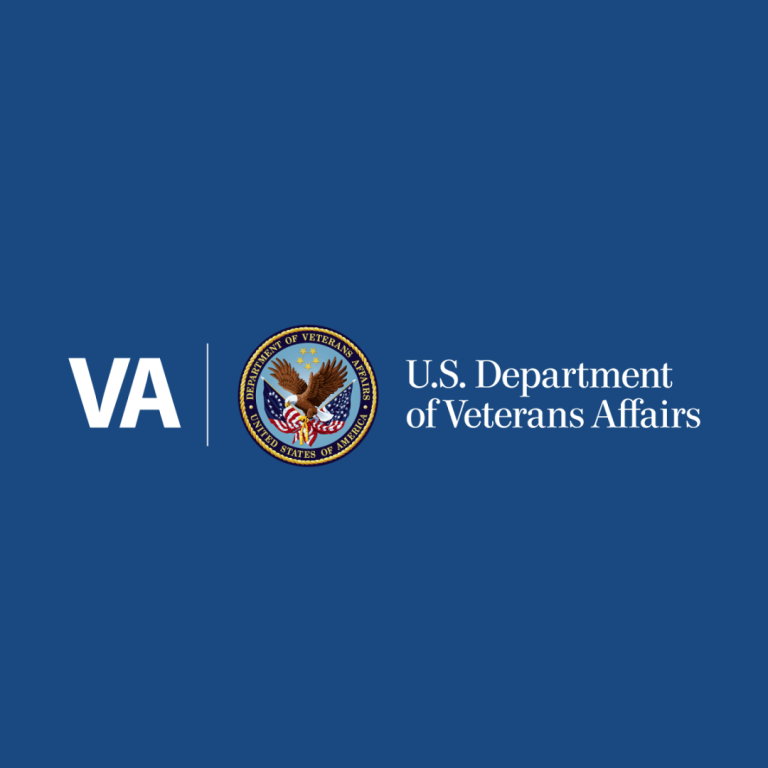
On Apr. 21, 2020, a study posted on medRxiv found no evidence that use of hydroxychloroquine, either with…
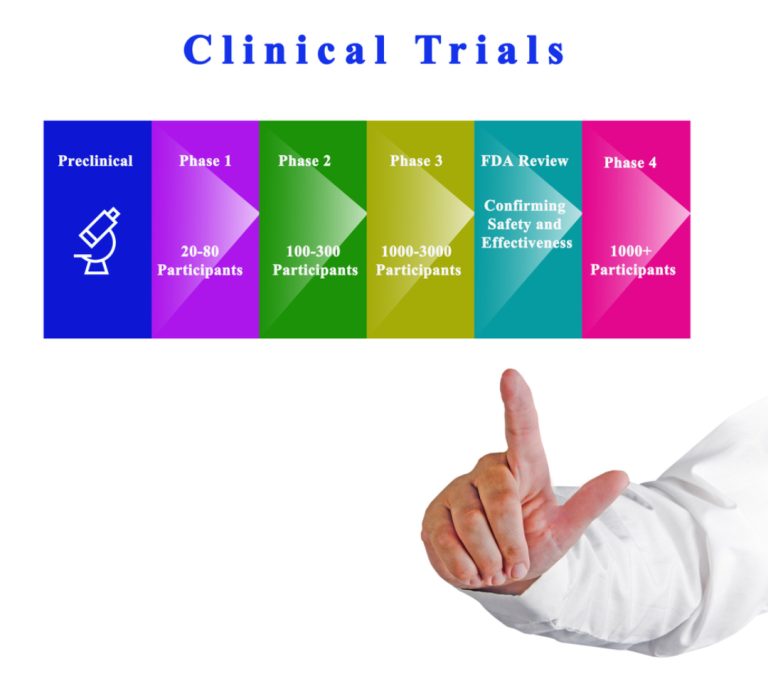
On Apr. 9, 2020, Washington University School of Medicine in St. Louis launched a clinical trial for patients…
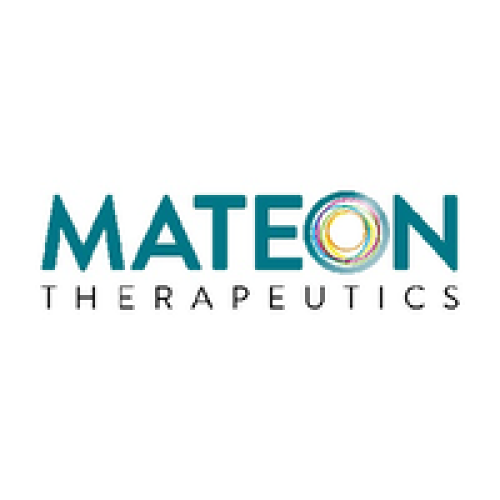
On Apr. 8, 2020, Mateon Therapeutics announced that its COVID-19 directed antiviral screening program discovered that Artemisinin is…

On Apr. 1, 2020, new evidence in The American Journal of Tropical Medicine and Hygiene suggested that the…

On Mar. 19, 2020, Mylan announced it had restarted production of hydroxychloroquine sulfate tablets at its West Virginia…
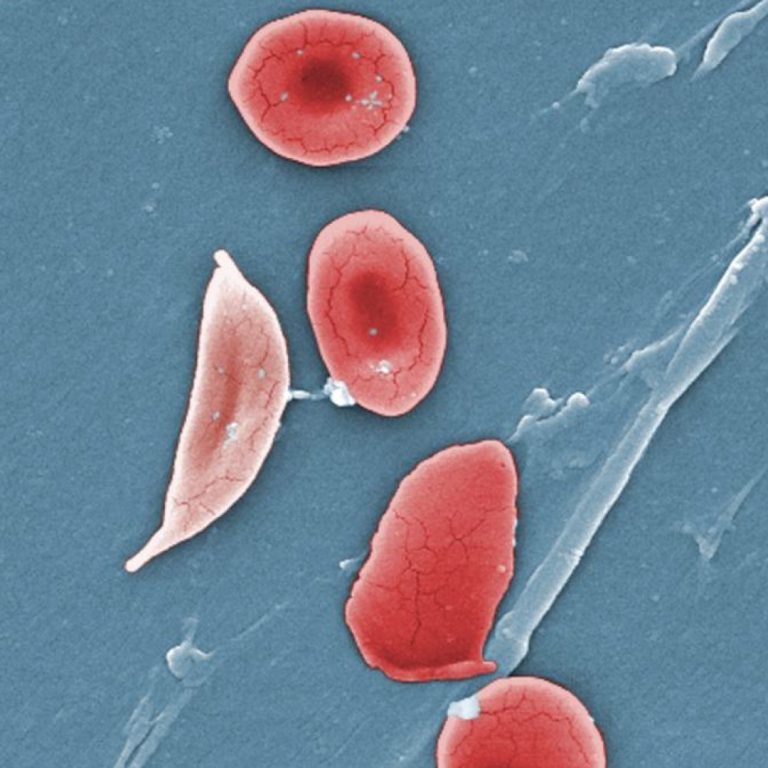
On Feb. 25, 2020, the U. S. National Institutes of Health (NIH) announced it had launched a $1…

On Aug. 26. 2019, the World Health Organization announced a vector alert for Anopheles stephensi invasion and spread,…

In Mar. 29, 2019, the Centers for Disease Control and Prevention (CDC) issued new guidance to clinicians for…
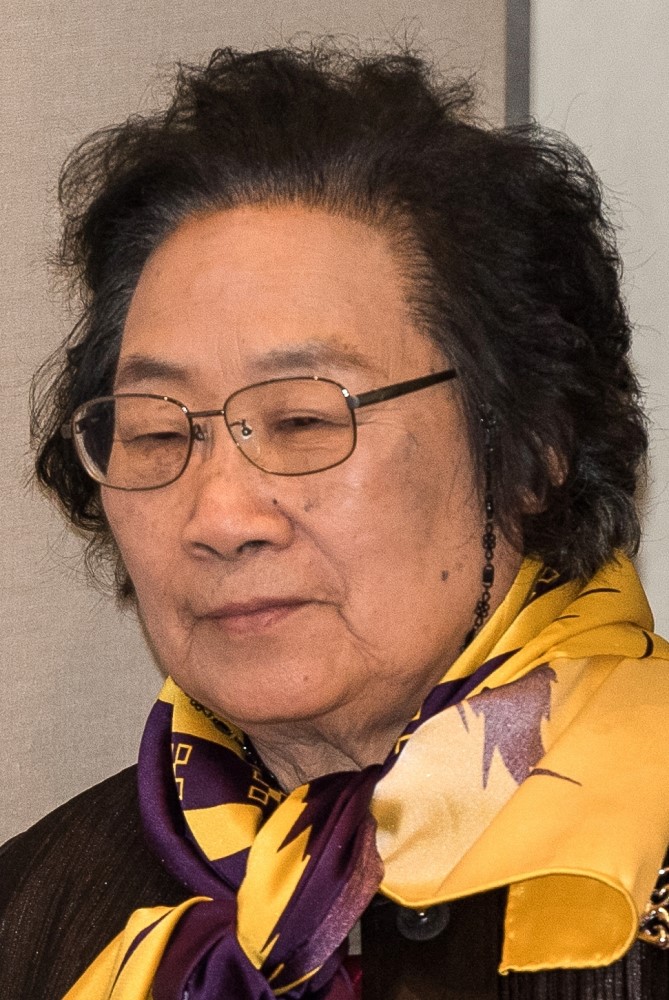
On Oct. 5, 2015, Tu Youyou was awarded a half share of the Nobel Prize in Physiology or…